Since the introduction of OpenAI Sora to the public eye in February 2024, many people have continuously questioned its viability. Its video clips are stunning and seem like a game-changer to the advertising and film industry.
OpenAI Sora was announced in February 2024, and this sparked mixed reactions from various people. The announcement was made with the showcase of some of the video clips made through the text prompts. It was quite impressive and led to more people wanting to know more about the online tool. The OpenAI Sora website showcases some great clips that can leave you wondering whether it was created by AI or human filming. Simply incredible!
In as much as there are other text-to-video creation tools released before and still in development, Sora which is a Japanese name for the sky is a game-changer. Will it revolutionize the film, movie, advertising, or marketing industries? Be the judge! In this article, we will provide the OpenAI Sora Review in all dimensions.
Navigation of Contents
What is the OpenAI Sora Model?
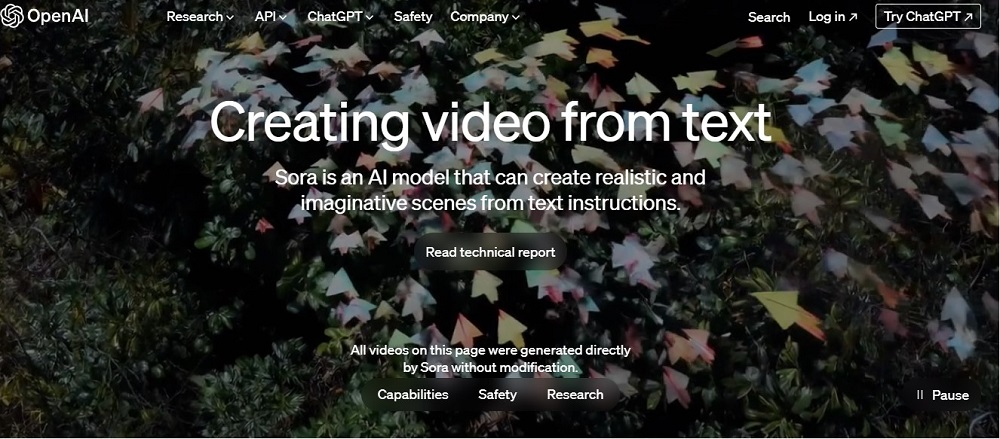
Sora is an AI model that you can use to create imaginative scenes from text instructions. The AI model works by simulating the physical world in motion. Not only does it understand text prompts and convert them into video or motion, but also converts static images to be in-motion.
The Sora AI model can generate high-quality videos of up to a minute. Therefore, when giving text instructions, you need to be as elaborate as possible to ensure you get the resultant video you want.
For example, if you want a dog video, you need to explain the environment, what the dog is doing, what it should do next, its appearance, any interaction it makes, any unique features, the result of what it is doing, and any other crucial information that will make the AI model create the perfect video.
Not only can the AI model create a simple video but also complex scenes with multiple characters. The trick is to ensure you provide a vivid description of the kind of video you want, and the model will work on the prompt provided. The AI model is knowledgeable about different languages and regions which makes it easy to accurately interpret prompts and provide an output based on the user’s instruction. Also, the characters are given emotions based on the prompt.
OpenAI Sora Features

The main motive of Sora is to help build general-purpose simulators of the physical world. It is among the 5th generation Industrial Revolution technology and has some great features:
1. Video generation from text prompt – Sora can generate entire videos at once or extend the videos to be longer. Even when a subject stays out of view, it remains the same. Therefore, it becomes continuous without any disruption. However, you need to provide a vivid description for the best output.
2. Video generation from a static image – Not only can Sora generate a video from a text instruction, but also can convert an existing still image to a video. It simulates the picture so well, such that you can’t notice whether it was just an image or a video originally.
3. Understands the real world – Not only does the AI model understand the prompt, but also how the physical world exists. It is quite predictive by guessing what happened & what is yet to happen – so the video becomes flawless since it is seamless with our living experience. Additionally. It recognizes interaction between objects.
4. Ratio flexibility – It can sample a widescreen of 1920 x 1080 videos and vertical videos of 1080 x 1920 px videos. Sora’s images are more realistic and can be rendered in different ratios and maintain cohesion within frames.
5. Change background – The fact that you can even use it to change backgrounds and have the exact background in a video is fascinating. You can choose a location and the video showcases the subject in that specific place. It also changes the character to be one from the specific region to look more flawless.
6. Simulate artificial processes – Additionally, Sora can simulate artificial processes for example in video games like Minecraft by controlling players.
7. Dynamic camera motions – Sora is capable of generating videos with dynamic camera motion, since as the camera shifts and rotates, people and scenes also move in the three-dimensional space.
8. Connect videos – it can be used to connect videos with different scene compositions. It also leverages GPT to turn short user prompts into long detailed captions sent to the video model so that Sora can generate an informative video. However, the initial prompt is from you.
Safety Precautions
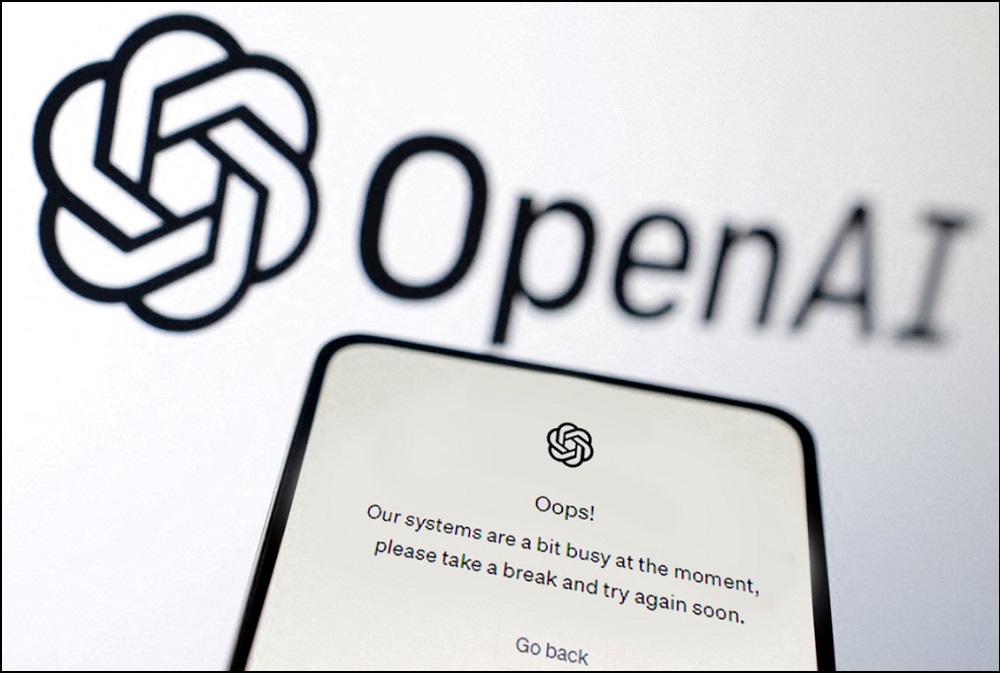
Just like any online tool or A.I. invention, safety precautions need to be put in place. Since people can easily prompt the AI model to do anything, tools are being built specifically as detection classifiers to know whether a video was generated by Sora or not. The detection classifiers will also be able to reject any text prompt that violates usage policies or inappropriate prompts. Moreover, videos will also be curated before being shown to the user.
Additionally, at the moment it is not an open source, therefore, limiting who can use it – since it is still in the development stage. It is being accessed on an invite-only basis. In case it is to be made open source, it will need to have C2PA metadata which is a surveillance apparatus that keeps details of where the content came from and how it was modified.
Will Sora Have An Impact On The Film And Television Industry?
Sora has the potential to revolutionize the film, television, movie trailers, short videos, and advertising industries positively and negatively. Will it be the end of some job roles?
Positive Impact
Hugely, it will help content creators to turn their ideas into reality fast at a low cost. Aspiring directors won’t struggle to raise funds or get access to certain locations with Sora at their disposal, able to create any environment. Additionally, it will help to expand the diversity of perspectives represented in media and boost inclusiveness.
Another advantage is that through Sora, you can be able to replace characters in a film without necessarily having to reshoot. It will even become easier to change a certain film setting. Also, if there is a new existing film or TV episode that needs to be done, the technology can help to redo it without having to do the whole scene again.
Negative Impact
However, questions still arise on ethics, copyright protection, personal privacy leakage, data security, transparency, and authenticity of the content produced. Fake footage can also be used to deceive viewers and cause some societal threats, so a lot of restrictions will need to be made.
VFX artists and drone companies will surely be impacted by Sora and other AI tools that can do their work seamlessly. As much as Sora may seem perfect based on its featured videos, the AI model still has some weaknesses such as confusing spatial details like right and left, number of fingers, cause and effect, etc.
OpenAI Sora alternatives
In as much as OpenAI Sora was introduced, other similar text-to-video online tools already existed like Synthesia, Kaiber, Pika, Phenaki, etc. However, they differ in functionality, capabilities, and output. Let’s dive in
1. Synthesia
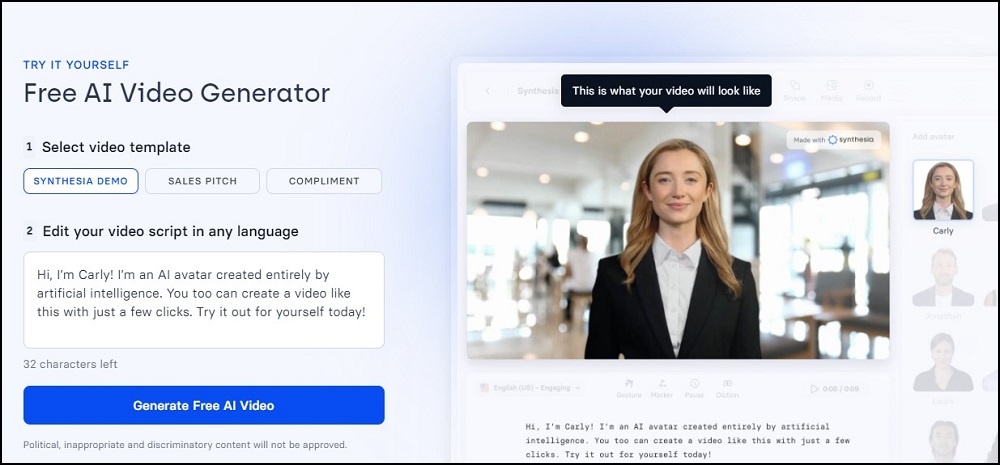
Synthesia is a great Sora alternative that allows users to create videos from text input or topic. You simply need to select a video template, edit the video script text box, and generate a video of your choice. Moreover, you can choose AI avatars from the vast library and AI voices which are humanlike. Luckily, the natural-sounding voices are available in 120 languages.
2. Kaiber
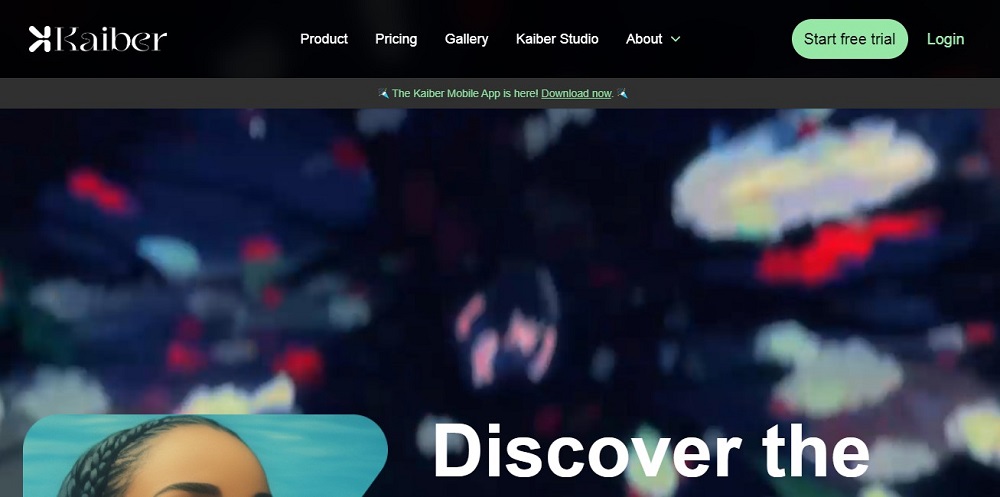
Through Kaiber you can easily transform text, videos, photos, and music into a video. Moreover, you can choose the kind of video animation that you want; like “motion” which is a bit slow, or “flip book”. It all depends on how you want the scene to appear. Luckily, Kaiber can be used by both beginners and experts.
You can utilize the website or mobile app to create any visual that you desire. Unfortunately, you can't use it for free, but with a subscription, you can create even a four-minute-long video. Based on your prompts you can get some video template suggestions you can choose from.
3. Pika Art
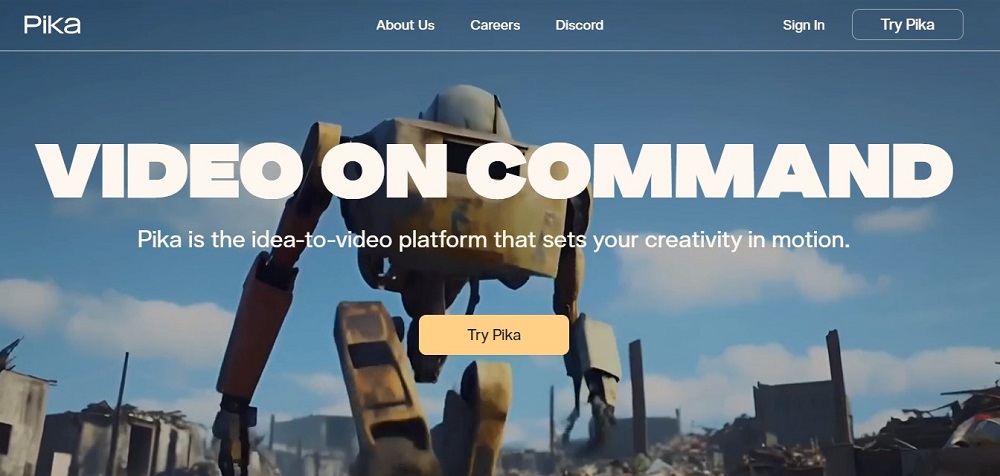
Pika Art is another OpenAI Sora alternative that you can use to create an ideal video based on your prompt, your creativity, and your imagination. You simply need to describe your story, add an image if you have any, and create a video.
Luckily, you can also re-prompt if the video doesn't amaze you. When you type in Pika provides such a scene, not assuming any word you input. Just like Sora it turns pictures, paintings, and drawings into a live scene. You can even change location, modify frames, expand the canvas, extend video length, and much more.
4. Phenaki
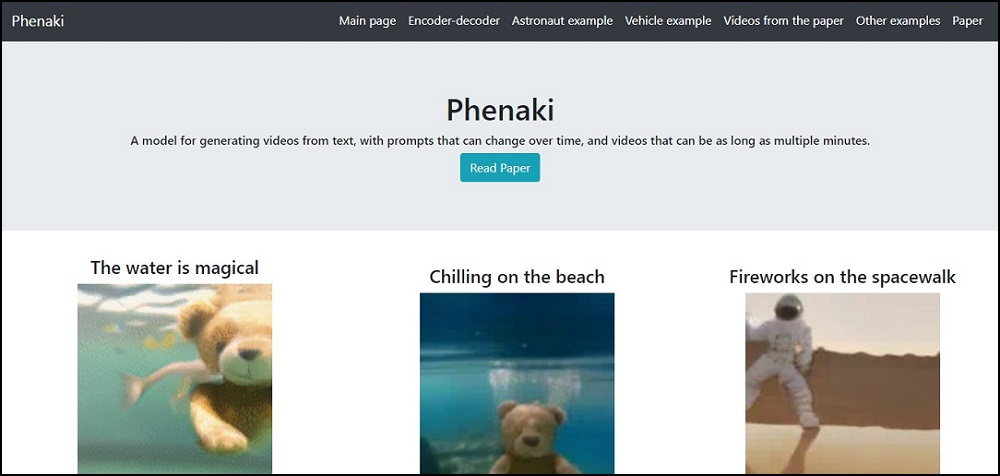
Phenaki is another OpenAI Sora alternative that you can use to create videos based on text inputs. You just need to describe what happens from the start, middle, to the end. Phenaki is still in the development stages but can help you create a simple video of something in your mind. The videos can also be a few minutes long based on your choice.
Revolution of the Video-Making Industry Through Sora.
OpenAI Sora has a lot of potential that can be utilized to make it a game changer in different industries. It won’t necessarily lead to the loss of certain job roles but will help people to think further. In as much as it is seen that Sora will revolutionize the film industry, it hasn't yet reached the level of making a whole full film or movie. Ideally, simple clips can't just replace that. It can also be hard to merge the one-minute videos into an hour-long film.
Before release to the public, an open discussion needs to be made among tech innovators, filmmakers, translators, and the public to know how to mitigate the harm that may be caused. Proper research also needs to continue to be done to correct the downfalls of the AI system.